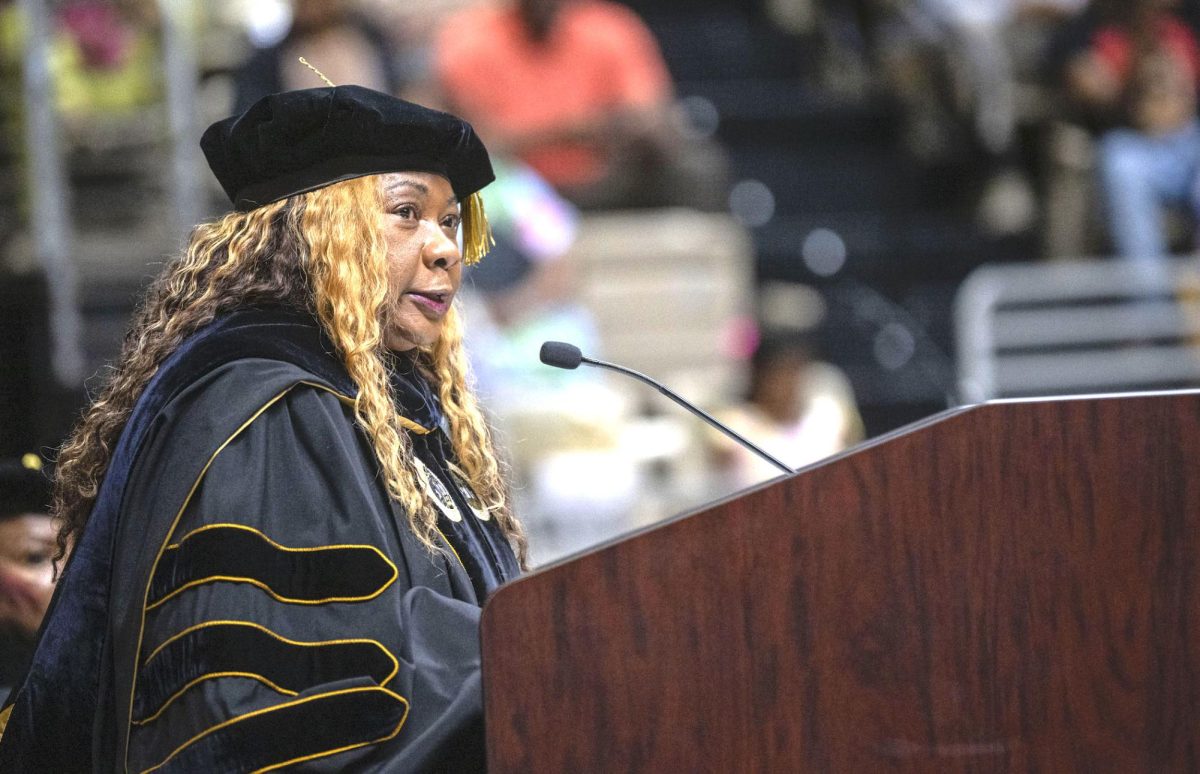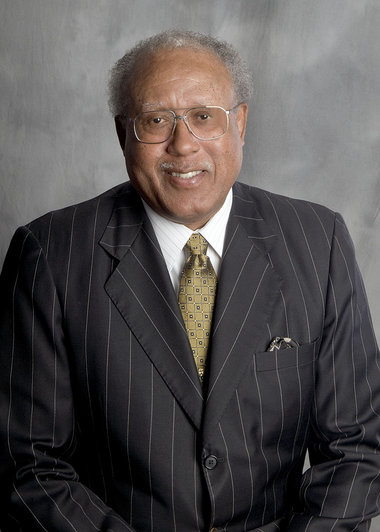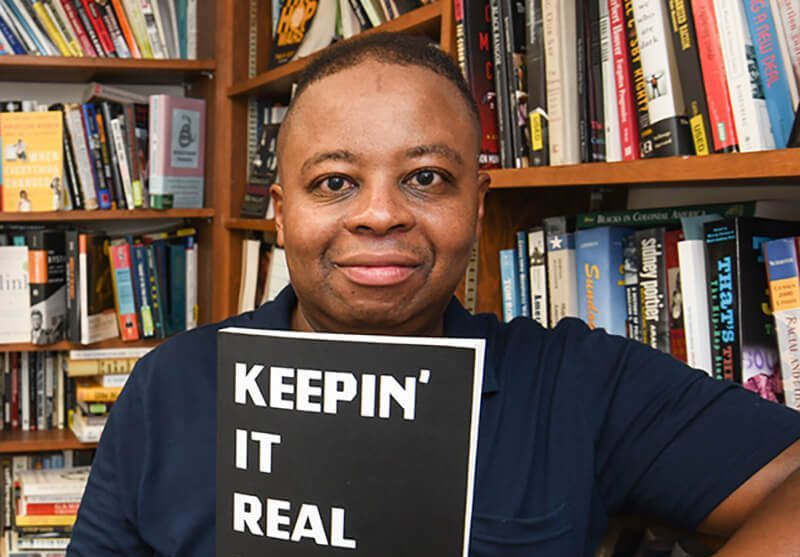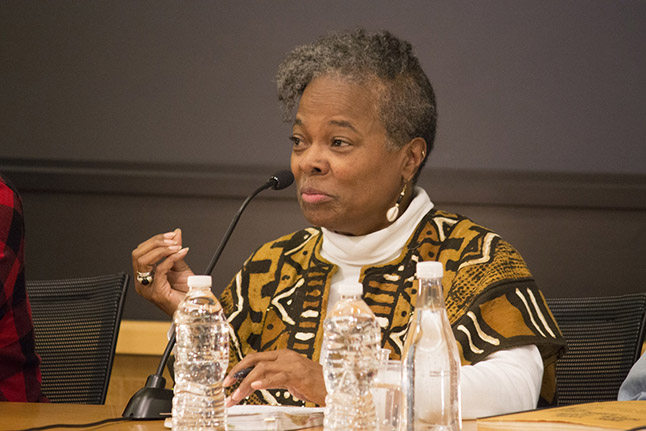Cinderella is a traditionally drawn animated film released in 1950 by Walt Disney Studios Motion Pictures. It is one of the most popular and beloved animated films of all time, due to its smooth and beautiful animation that holds up to its day, and its classic and beloved story.
The story of Cinderella is based on Charles Perrault’s “Cendrillon,” that has thousands of variants around the world. Cinderella is one of the most popular stories to adapt, no matter the country.
Even though Disney’s version of the film is not the only version, it is the most popular and most likely the first thing that comes to mind when one mentions the classic story. This is due to the care that went into adapting this classic story into a beautiful animated film for kids to enjoy for generations.
However, the character of Cinderella herself has received criticism over the years for being perceived as passive, weak, and needing to rely on a man to solve her problems. Cinderella’s abuse is not taken seriously because it is more verbal than physical, because people do not understand the time period she lives in and because they like to victim blame her.
Victim blaming is when someone implies that someone being abused, whether it be physical, verbal or sexual, is their own fault rather than the fault of the abuser. The people who victim blame do not seem to understand that the main reason why a character falls into these circumstances is because of a lack of control.
In Cinderella’s case, both of her parents died, forcing her to live with her stepfamily because she had nowhere to go. Her situation is not her fault, and implying that she is weak and passive because she is not in control of her circumstances is cruel and insensitive at worst and ignorant at best.
If Cinderella was being physically beaten day and night by her stepfamily, there is no doubt in my mind that people would be more compassionate towards her plight. But because the abuse is more so verbal and psychological, it is not taken seriously.
And even if while reading this, one still does not take the verbal abuse Cinderella faced, then I could argue that in the film there is a moment where Cinderella is physically abused. In the film, there is a scene where her stepsisters tear her late mother’s dress to pieces after the mice used some of the stepsisters’ materials to repair it.
Viciously tearing someone’s clothing could and should be considered a physical assault. This is another aspect of the movie that is continually overlooked just to criticize Cinderella and victim blame her.
Also, the film explicitly displays what happens when Cinderella’s step-family thinks that she is rebelling for even one moment. They mistakenly believe she put a mouse under one of their teacups as a prank, and as punishment they triple her work load for the day. She hates it, but she has no choice but to go along with it.
Cinderella is not the one in a position of power, and until the end of the film, she is in no position to grab one. She has no money and she has no other family she could run away to.
You might have heard of the Cinderella Complex. It is a psychological condition in which a woman fears true independence and secretly expects a “knight in shining armor” to come along and take care of her.
It was first coined by Colette Dowling, who authored a novel on women’s fear of independence. I believe that while Dowling’s intentions were pure, it is unfair and disrespectful to use Cinderella as the syndrome’s namesake.
Cinderella is not as passive as people try to make her out to be. When her family tells her she cannot go to the ball, and they ruin her late mother’s dress for good measure, the moment she has a second chance, she goes anyway.
Besides, Cinderella did not want a prince specifically, what she wanted was true love and a night off. I am sure she was happy to meet the prince and fall in love, but going to the ball that night was not about being rescued by the first man she saw, it was about escaping her cruel reality for a few hours.
Cinderella has been panned by critics for what has been perceived as passiveness in the film. They wanted her to be more active in escaping her abusive family. I can see where they are coming from, but I believe that these criticisms come from a lack of sympathy on Cinderella’s part. People take one look at her situation and immediately jump to blaming her for her circumstances. It is never right to blame the victim for their abuse.
In the future, we should be more open-minded to the struggles other people face, and much more compassionate. It is easy to dismiss someone going through a hard time because we think they have more control of the situation than they actually do.
Abuse has more forms than physical, and all of these forms should be taken seriously.
Cinderella represents hard work and kindness, and it is not fair to disrespect her by saying she represents laziness and cowardness because she initially did not have the means to escape. In a way, there is something beautiful about a story where a person suffering from abuse is rewarded for their patience and hard work, and they move on to a happily ever after.























